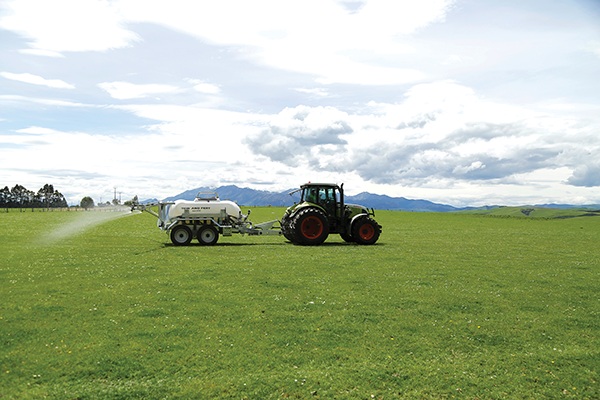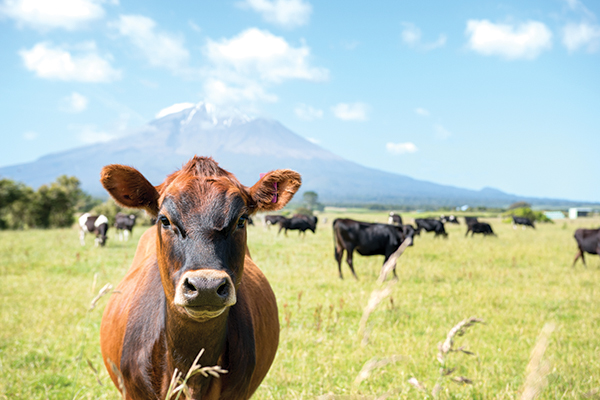Using diagnostics to monitor mastitis
Analysis by Mastatest has found that over 20% of mastitis cases may not need to be treated with antibiotics.
The results of 17,000 mastitis tests conducted by the company during the period 2018 to 2020 has provided insights into what’s happening with mastitis bacteria in New Zealand.
Mastatest is an onfarm diagnostic tool that allows farmers to identify the bacteria involved in the mastitic milk sample and which antibiotic is most effective to treat it.
Mastatest’s tests found that 23% of mastitis cases in NZ can potentially be left untreated without an antibiotic. Of these cases, 11% showed no bacterial growth, indicating that the cow’s immune system may be curing it, and 12% of cases involved gram negative bacteria that antibiotics have little impact on.
There are also trends with a bacteria, Staphylococcus aureus. Mastatest data shows 40% of Staphylococcus aureus are sensitive to penicillin and 40% are much less likely to cure. Treating it with the most effective antibiotic will improve the chance of success.
In these changing times, it is critical that farmers only use antibiotics when needed and use the correct antibiotic for the bacteria causing the mastitis. It is possible to know this by either traditional milk culture that takes up to three days to get a result, or by using Mastatest to get a result in 24 hours. This will improve the chance of curing the infection and help to reduce the risk of antibiotic resistance developing.
It is recommended to treat mastitis cows with pain relief immediately when found to improve cow welfare, then take a milk sample to run on Mastatest, and wait 24 hours for the results before treating with the appropriate antibiotic.
Using Mastatest could lead to a higher chance of getting the cow back into full milk production sooner.





